Snake plants (Sansevieria trifasciata) are among the most popular indoor plants for good reason — they’re hardy, air-purifying, and strikingly beautiful with their upright, sword-like leaves. But despite their reputation as low-maintenance houseplants, one aspect of their care often trips people up: watering.
Snake plants are naturally adapted to dry, arid environments, and improper watering — especially overwatering — is the leading cause of problems like root rot and leaf damage. Knowing when and how to water your snake plant is essential for keeping it healthy and thriving.
In this detailed guide, we’ll walk you through proper snake plant watering techniques, how to recognize the signs your plant needs water, and common mistakes to avoid.
Why Proper Watering Is Crucial for Snake Plants
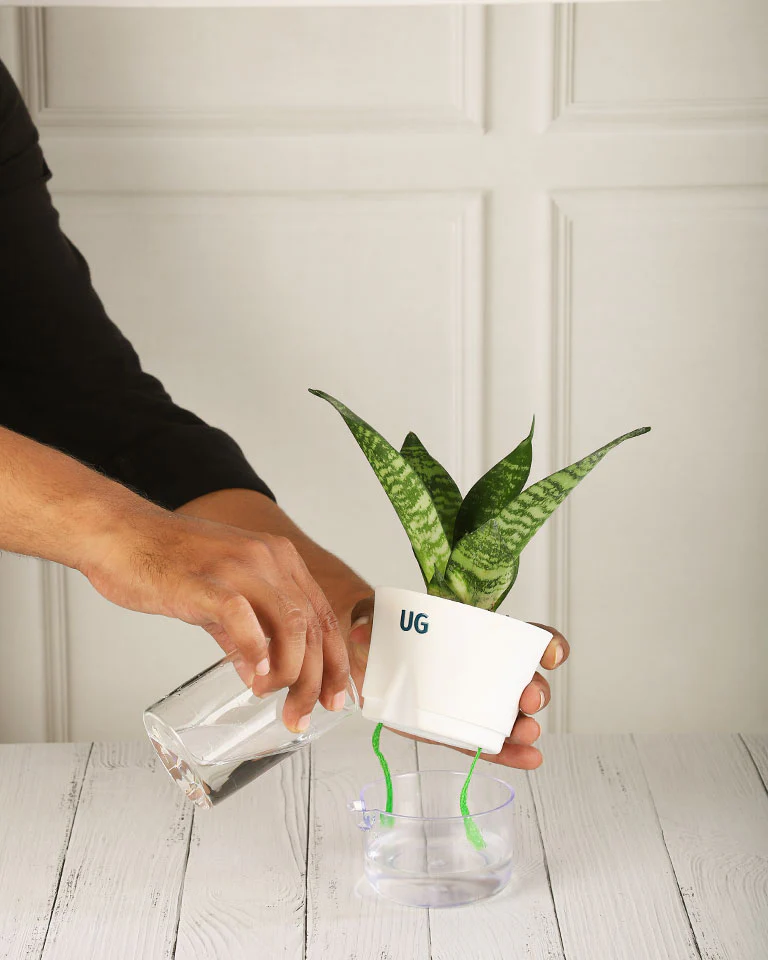
Snake plants are succulents, storing water in their thick leaves to help them survive drought-like conditions. This means they’re far more tolerant of underwatering than overwatering. Consistently soggy soil can suffocate the roots, lead to rot, and eventually kill the plant.
Understanding the right watering practices ensures:
- Healthy, vibrant leaves.
- Steady, balanced growth.
- Prevention of diseases like root rot.
- Prolonged lifespan of your plant.
How Often Should You Water a Snake Plant?
There’s no fixed watering schedule for snake plants because factors like light, temperature, humidity, pot size, and season affect how quickly the soil dries out. However, a general rule is:
- During Spring and Summer: Water every 2–3 weeks when the top 2–3 inches of soil feel dry.
- During Fall and Winter: Water once a month or less, as the plant’s growth slows down.
Remember: Snake plants prefer to dry out completely between waterings.
How to Check When Your Snake Plant Needs Water
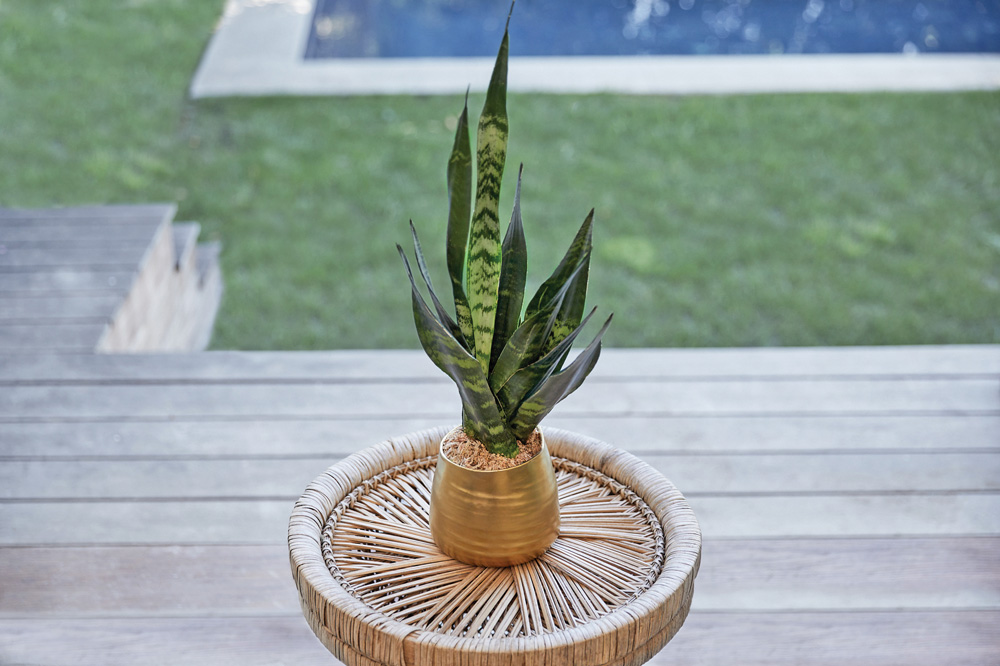
Never rely on the calendar alone. The best way to determine when your snake plant needs water is to check the soil’s moisture level.
The Finger Test
Insert your finger 2–3 inches into the soil.
- If it feels dry, it’s time to water.
- If it’s damp, wait a few more days and check again.
Use a Moisture Meter
For more accuracy, use a soil moisture meter. A reading of 2 or lower indicates the soil is dry enough to water.
Step-by-Step Snake Plant Watering Techniques
Here’s a precise technique to follow when watering your snake plant:
Choose the Right Pot
- Always use a pot with drainage holes.
- Avoid decorative pots that trap excess water unless they’re emptied after watering.
Use Well-Draining Soil
Use a cactus or succulent mix or make your own blend with:
- 2 parts potting soil
- 1 part coarse sand
- 1 part perlite or pumice
This allows water to drain quickly, preventing soggy soil.
Water Thoroughly but Infrequently
When it’s time to water:
- Water at the base of the plant, not over the leaves.
- Pour water slowly and evenly until it begins to drain from the bottom.
- Discard any water collected in the saucer after 10–15 minutes to avoid root rot.
Let the Soil Dry Completely
Before watering again, let the soil dry out thoroughly. Snake plants can tolerate being dry far better than being consistently wet.
Best Water Type for Snake Plants
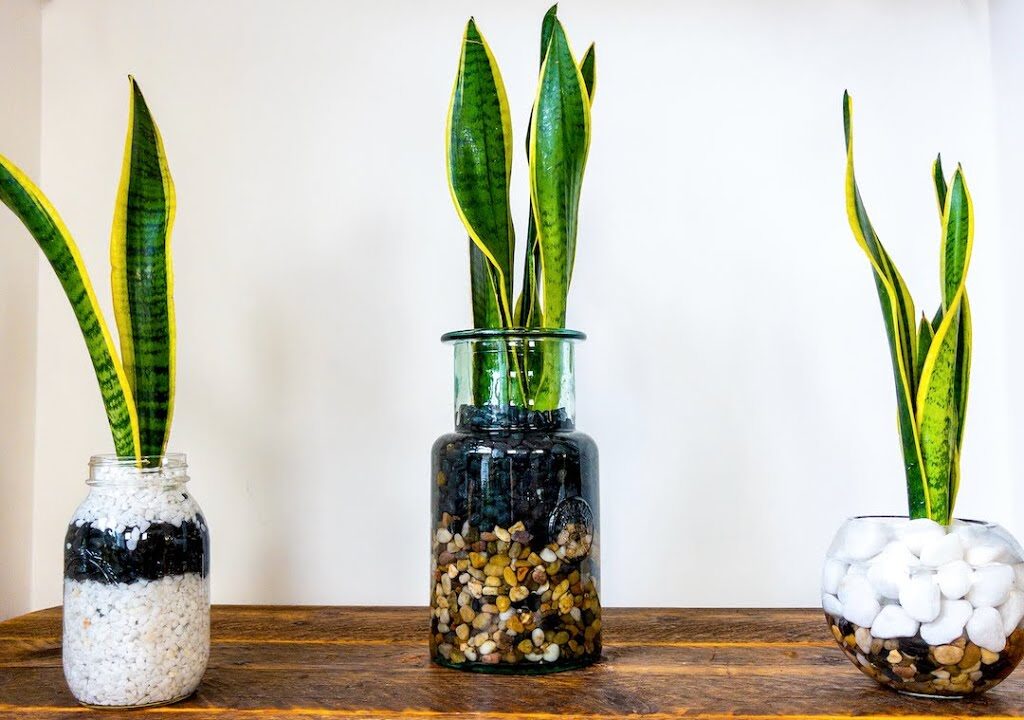
Use room-temperature, filtered, or distilled water if possible. Tap water containing high levels of chlorine, fluoride, or salts can cause leaf tip burn and mineral buildup over time.
If using tap water:
- Let it sit out overnight to allow chlorine to evaporate before watering.
Seasonal Watering Adjustments
Your snake plant’s water needs change throughout the year.
Spring and Summer
- Active growing period.
- Soil dries out faster.
- Water every 2–3 weeks or when the soil feels dry.
Fall and Winter
- Plant enters dormancy.
- Growth slows, and soil retains moisture longer.
- Water once a month or less.
Always adjust based on your indoor environment.
How Lighting Affects Watering Frequency
The amount of light your snake plant receives impacts how quickly the soil dries.
- Bright indirect light: Soil dries faster. Water more frequently.
- Low light: Soil stays damp longer. Water less often.
Avoid direct, harsh sunlight as it can scorch the leaves.
Common Snake Plant Watering Mistakes to Avoid
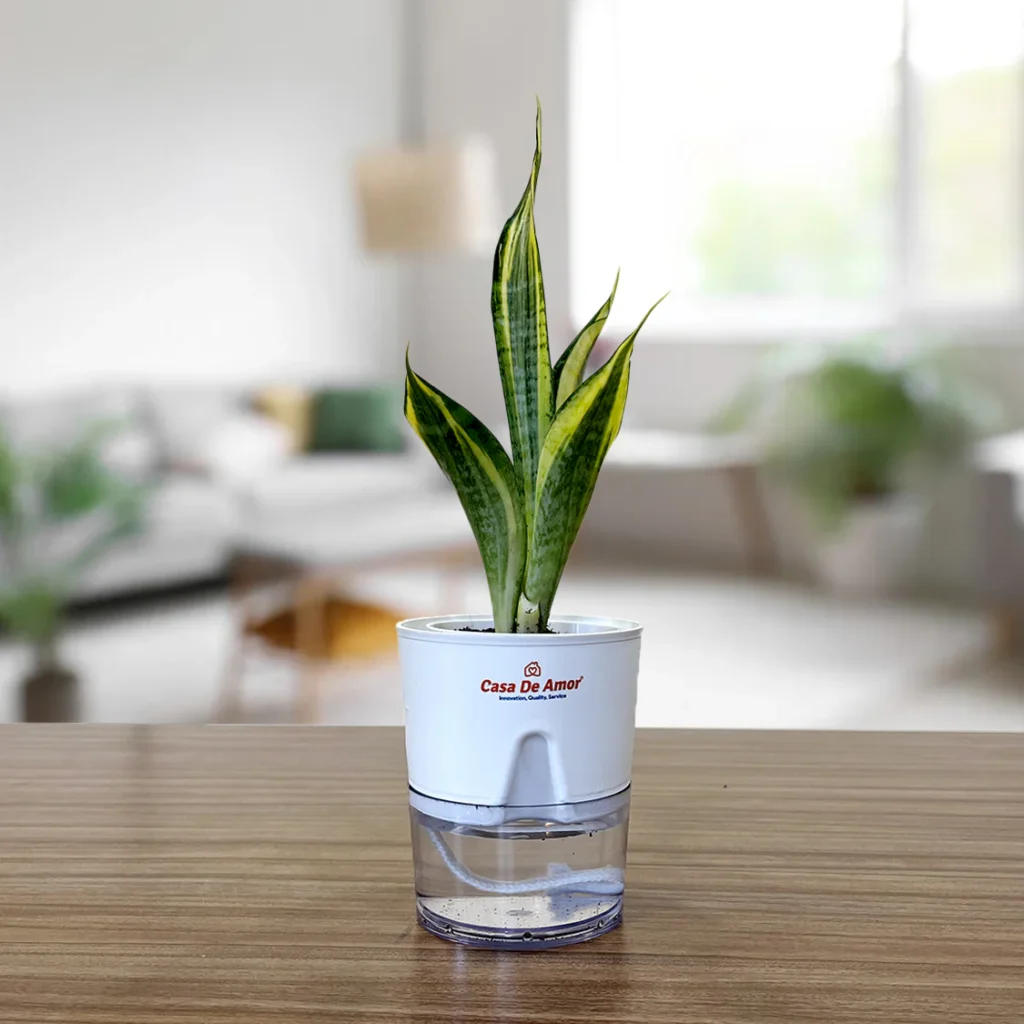
To keep your snake plant healthy, steer clear of these common watering errors:
Overwatering
This is the number one killer of snake plants. Excess moisture leads to root rot and fungal diseases.
Solution:
Always let the soil dry out completely before watering again.
Watering on a Fixed Schedule
Conditions like temperature and humidity vary, affecting how quickly soil dries.
Solution:
Check soil moisture before every watering.
Using Heavy, Dense Soil
Heavy potting mixes retain too much moisture.
Solution:
Use a fast-draining, gritty soil mix designed for succulents.
Watering the Leaves
Getting water on the leaves can lead to rot, especially where leaves meet the soil.
Solution:
Water at the soil line, directly around the base.
Signs of Overwatering and Underwatering
Proper watering is about balance. Here’s how to recognize if you’re over or underdoing it.
Signs of Overwatering
- Yellowing leaves
- Mushy, soft, or drooping leaves
- Foul-smelling soil
- Roots turning brown or black (root rot)
Signs of Underwatering
- Wrinkled, shriveled leaves
- Brown, crispy leaf tips
- Soil pulling away from pot edges
- Slow growth during active growing season
Quick Watering Reference Chart

| Condition | Watering Frequency | Method |
|---|---|---|
| Bright indirect light | Every 2–3 weeks (summer) | Water thoroughly when dry |
| Low light | Every 4 weeks or less | Check soil before watering |
| Winter months | Every 4–6 weeks | Minimal water needed |
| Dormant, cool locations | Once a month or less | Let soil dry completely |
Final Thoughts
Proper watering is the cornerstone of healthy snake plant care. While these hardy plants are forgiving of occasional neglect, consistently wet soil is their downfall. By understanding how often to water, checking soil moisture, using well-draining soil, and adjusting for seasonal changes, you’ll help your snake plant thrive.
Remember — when it comes to snake plants, less is more. It’s better to let them go a little dry than to overwater. With the right watering techniques, your snake plant will reward you with bold, upright leaves and cleaner, fresher air for years to come.

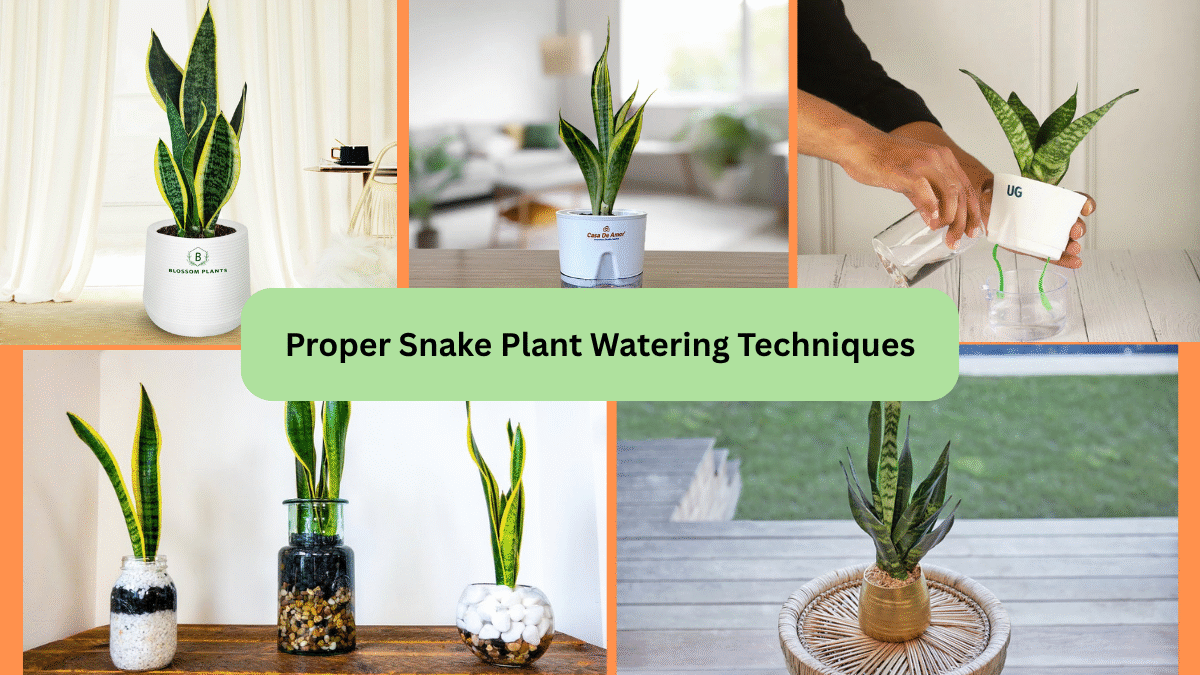




Leave A Comment